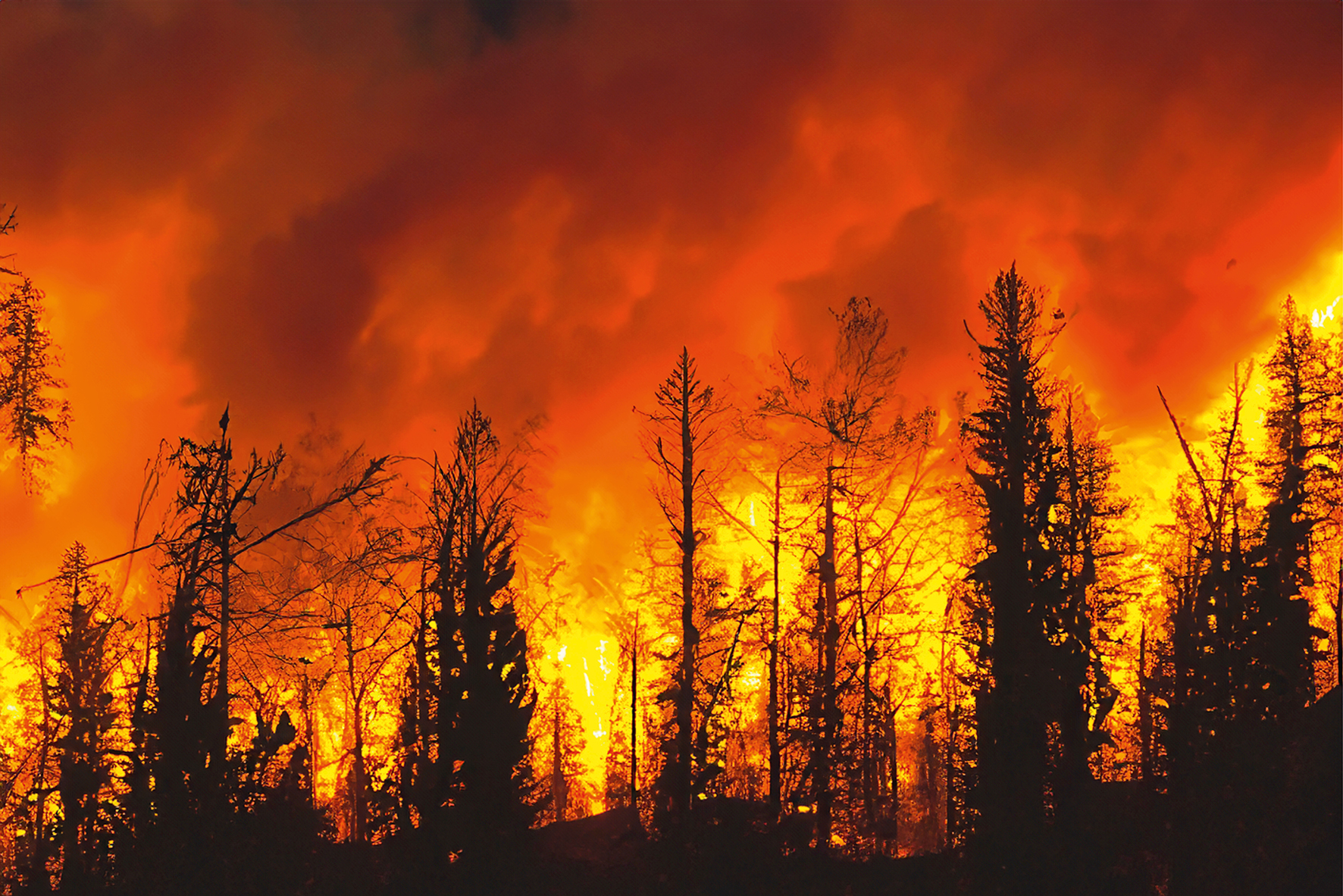Lorem ipsum dolor sit amet, consectetur adipiscing elit. Curabitur eleifend tortor nec augue pretium


The unseasonal wildfires that wreaked havoc across California earlier this year were one of the costliest wildfire disasters in modern US history and a stark reminder of the need for climate resilience.
Hurricane-force winds sent flames ripping through neighbourhoods filled with multi-million-dollar homes last month, claiming the lives of at least 27 people and displacing thousands.
AccuWeather increased its preliminary estimate of the total damage and economic loss to between $135bn and $150bn, and warned that many businesses may never recover.
“To put this into perspective, the total damage and economic loss from this wildfire disaster could reach nearly 4% of the annual GDP of the state of California,” said chief meteorologist Jonathan Porter.
“Tragically, lives have been changed forever in just a matter of minutes. Many families may not be able to afford to rebuild or repair and return. Businesses may not be able to recover and jobs will be permanently lost.”
Decades of drought in California were followed by extremely heavy rainfall for two years in 2022 and 2023, but very dry conditions returned last winter, creating a massive amount of tinder-dry vegetation, ready to ignite.
Scientists call this weather ‘whiplash’, and say climate change has seen these conditions increase globally by 31-66% since the middle of the 20th century.
In the face of increasingly frequent and extreme weather, this year’s wildfires have highlighted the need for climate resilience. However, insurance companies are struggling to respond.
“Families and businesses need to be able to purchase insurance at a reasonable rate, but insurance companies cannot continue absorbing huge loss after huge loss,” Porter explained.
“This is a major issue that society needs to actually address in a world of increasing extreme weather impacts.”
Shifting global trends in technology, the economy, demographics and the green transition are set to result in a net increase of 78 million jobs by 2030, the World Economic Forum (WEF) has predicted.
Its Future of Jobs Report 2025 suggests that while these global macrotrends will displace 92 million jobs, they will create 170 million new ones, with 22% of jobs disrupted by 2030.
Drawing on data from more than 1,000 companies, the report finds that the skills gap continues to be the most significant barrier to business transformation today. Nearly 40% of skills required on the job are set to change, and 63% of employers already cite it as the key barrier.
If the global workforce were represented by 100 people, 59 are projected to require reskilling or upskilling by 2030. The researchers warned, however, that 11 would be unlikely to receive training; this translates to over 120 million workers at medium-term risk of redundancy.
Till Leopold, WEF’s head of work, wages and job creation, said: “The time is now for businesses and governments to … build an equitable and resilient global workforce.”
Intermittent renewable energy capacity in Europe will more than triple by 2050, forecasts by Aurora Energy Research suggest.
However, the energy market analytics firm warned that this growth will still fall short of meeting climate goals, with risk factors such as negative prices and market saturation hindering progress.
Although some countries have offered protection against negative price hours in subsidy schemes, most now provide little or no protection, while energy storage and flexibility are not yet deployed to substantially mitigate price cannibalisation.
Grid congestion is another major bottleneck for renewable energy expansion, although the researchers insisted that significant opportunities are still available for developers to mitigate risks and unlock value.
Rebecca McManus, renewables lead at Aurora Energy Research, said: “It’s vital for developers to explore opportunities to de-risk projects such as portfolio diversification to mitigate impacts.”